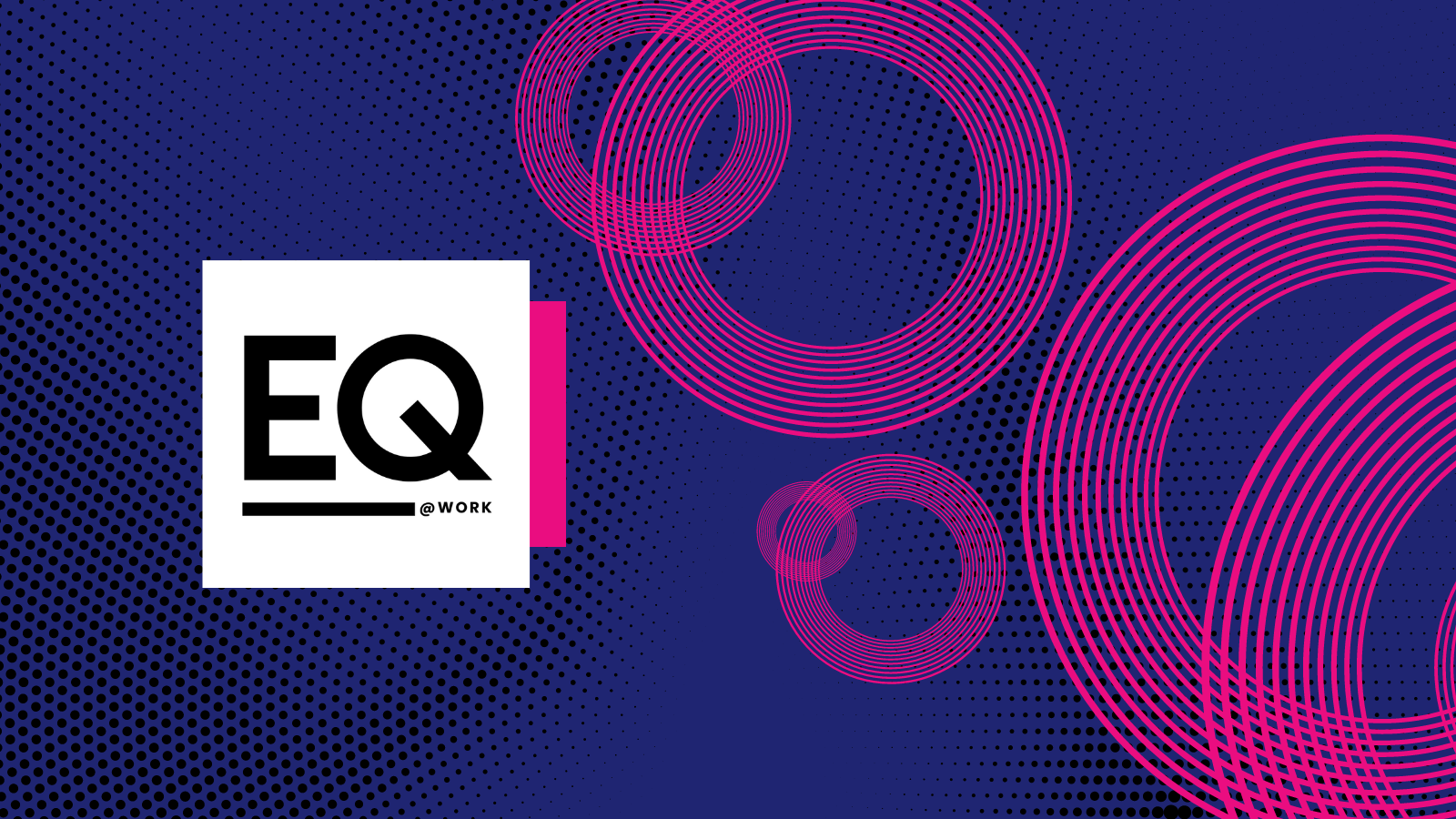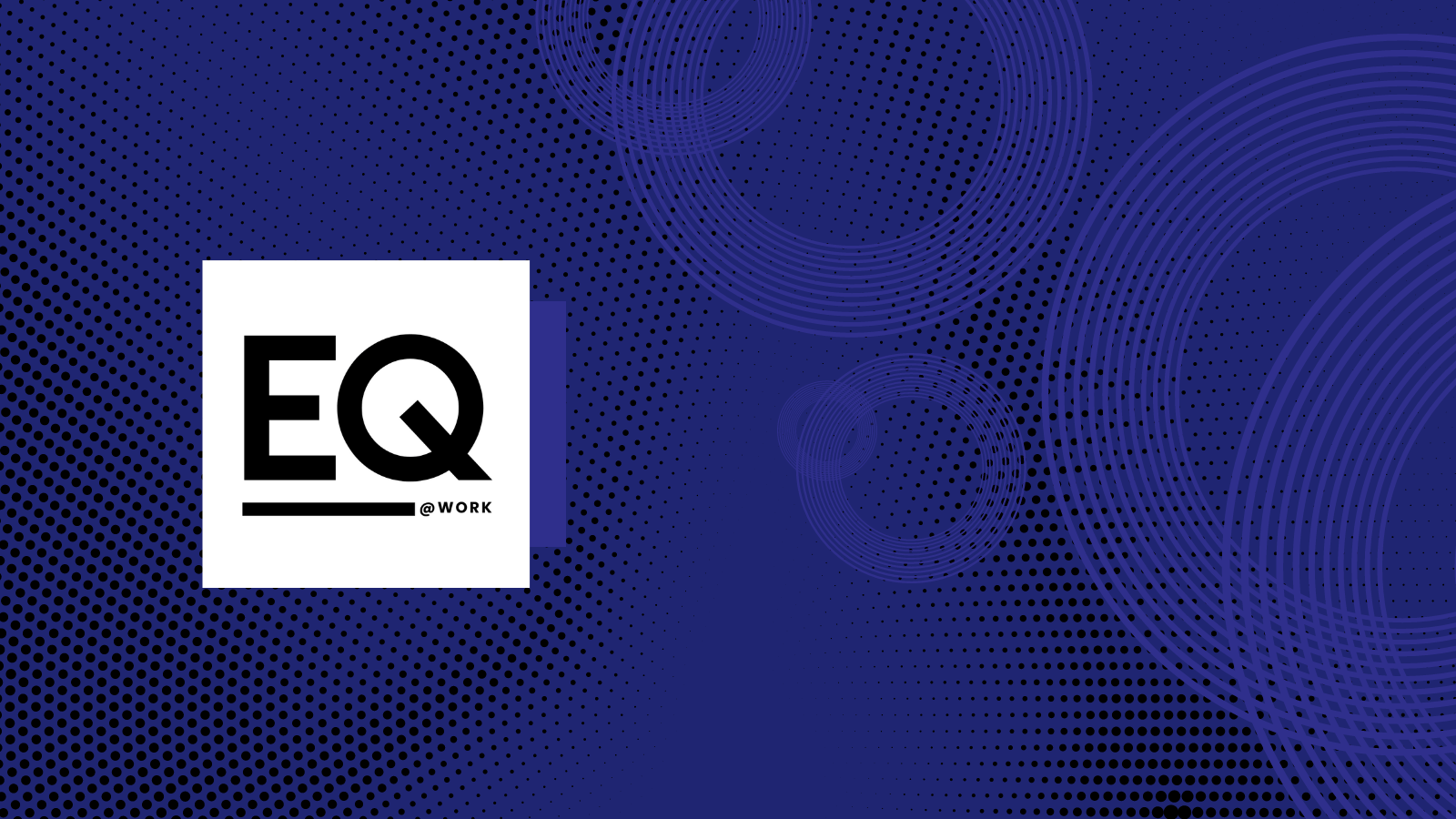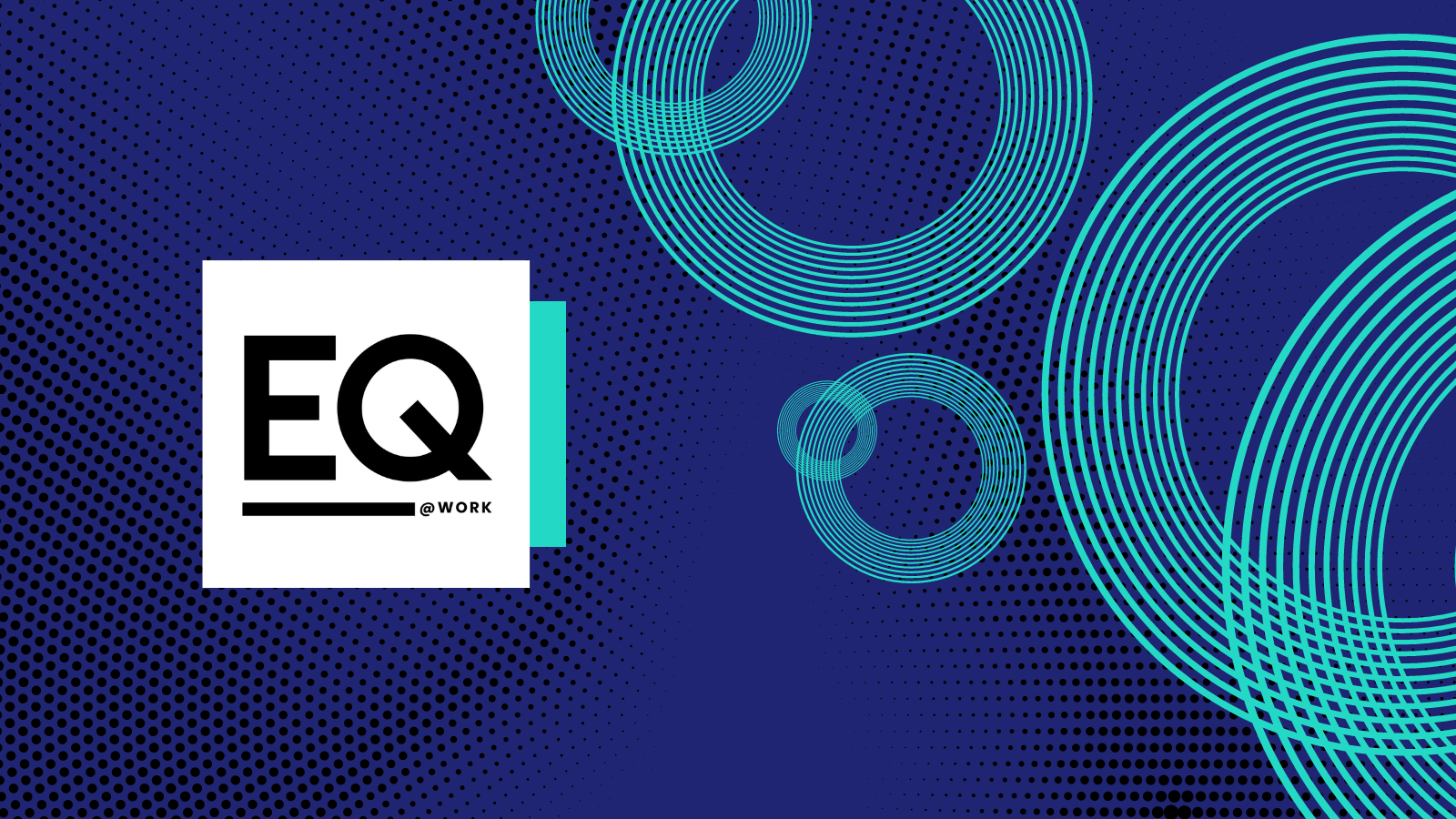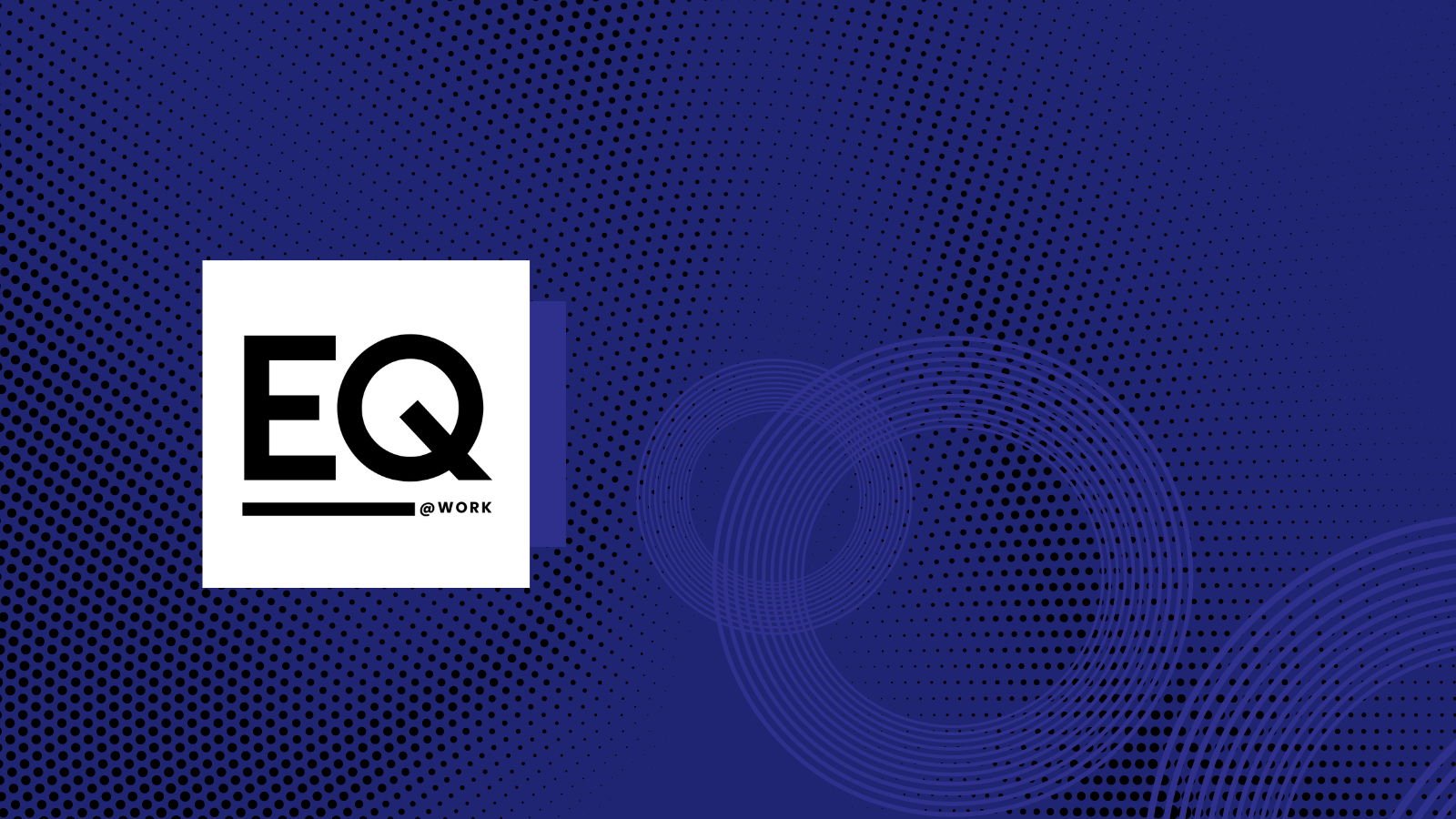8 Signs Your Company Has a Performance Problem called Culture
Is Your Team Thriving or Struggling?
By Gretchen Fox Palmer, CEO of MTO Agency and Founder of the Conscious Leadership Collective

Gallup’s State of the Global Workforce 2023 report shined a light on this crisis for organizations everywhere.
If you’re thinking, “not my company” or “not my team,” pause for a moment. Despite your best efforts, your team might be struggling. I’ve been there too, and it doesn’t mean you’re a bad manager or have a toxic culture.
What it does mean is that you most likely have poor internal communication, broken trust between leadership and staff and between different internal teams, and that you have low employee engagement.
Step back from your company lens and consider this: Outside of work, the world is more stressful than ever. People lack emotional regulation skills, and companies often lack the right support. Before the pandemic, people could separate personal stress from work, but those lines have blurred.
Ever wonder if your team faces a culture problem?
Stress Magnetism:
Individuals exhibiting this behavior seem to attract stress effortlessly, magnifying negativity, perceiving challenges as crises, and ultimately spreading unease throughout the workplace.
Conflict Evasion:
Those demonstrating this behavior adeptly sidestep difficult conversations and unresolved issues, allowing them to fester until they escalate, disrupting team dynamics and potentially leading to breakdowns.
Explosive Tension:
Individuals prone to this behavior emit volatile energy, frequently experiencing sudden outbursts of anger and aggression, creating palpable tension that destabilizes team dynamics and undermines collaboration.
Finger-Pointing and Excuse-Making:
Those who engage in this behavior deflect accountability by blaming others and crafting elaborate excuses, eroding trust and fostering resentment among colleagues, ultimately impeding team unity and progress.
Concealed Struggling:
People who adopt this behavior mask their challenges behind a facade of composure, silently bearing the weight of their emotions, risking burnout and personal distress, and dampening team morale and effectiveness.
Rumor Milling:
Those involved in this behavior waste no time in spreading rumors and negativity, fostering an atmosphere of distrust and distraction that undermines productivity and cultivates toxicity in the workplace.
Distant Leadership:
Individuals who display this behavior show little engagement with the team’s day-to-day operations, failing to grasp the true sentiments and challenges faced by employees, resulting in a disconnect between leadership and staff that harms morale and stifles productivity.
Disinterested Drifting:
People who manifest this behavior go through the motions with little interest in their work or colleagues, negatively impacting team dynamics and morale, often giving the impression of merely “going through the motions” or “watching the clock.”
Recognize these in your team? If so, it might indicate a culture problem. Your company culture is like an organism, where all parts come together to form a single operating entity. Are all parts of your organism thriving?
If not, don’t worry. Drawing from my experience as a Fortune 500 executive and agency CEO, I’ve developed the EQ @Work program. Our curriculum, format, and tools are designed to empower peak performance.
This isn’t just about solving a culture crisis; it’s about nurturing a thriving organism.
Are all parts of your organism thriving?
Want to learn more? I recommend reading this next: The Missing EQ Skills Evading Peformance
Or skip to learn about the step-by-step blueprint to: Inspire Performance in the Post-Pandemic Workplace by:
- Increasing Employee Capacity & Resilience
- Improving Productivity
- Reducing Problematic Behaviors





